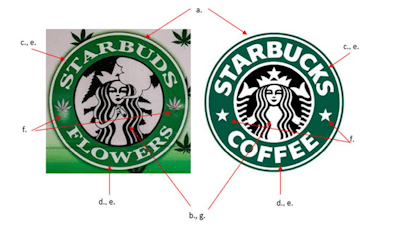4 Pitfalls to Avoid When Seeking a Cannabis Trademark (and Tips to Avoid Them) | Where to order Skittles Moonrock online
Learn how to order CBD Vape online. TOP QUALITY GRADE A++
Cannabyss Inc. is the best place online to buy top quality weed, cannabis, vape, marijuana and CBD products. Get your borderless orders delivered at the pickup spot with ease. Top Grade products for client satisfaction.
👉 Click here to Visit our shop! 🛒
Building a recognizable cannabis brand is only half the battle—learning to protect it will set you apart in the market and help avoid expensive litigation. Because marijuana remains a Schedule I drug under the Controlled Substances Act (CSA), trademark protection can be difficult to navigate or flat out unavailable. Cannabis business owners currently have several avenues for protecting their brand, but success depends on avoiding the most common pitfalls.
 U.S. District Court, Southern District of New York
U.S. District Court, Southern District of New York
Likewise, in Republic Technologies (NA), LLC v. BBK Tobacco & Foods, LLP, a jury found that consumers were likely to confuse two rolling paper brands with red lettering, but not the packaging with brown lettering. This was the case despite a prominent display of the brand names in large letters. The jury heard expert testimony that consumers are likely to make quick decisions and not pay much attention when choosing rolling papers. The jury also heard testimony from brand representatives that retailers have asked if OCB is a RAW product.
 U.S. Court of Appeals for the Seventh Circuit
U.S. Court of Appeals for the Seventh Circuit
Tip No. 3: Choose a unique name and trade dress that are clearly distinct from existing products in the marketplace. Before deciding on a brand, cannabis businesses should conduct due diligence to determine if a consumer is likely to confuse the brand with another brand for a similar product. If you want to reference or parody a well-known brand, a licensing agreement with the owner of the existing brand will be necessary to avoid a trademark infringement claim.
Pitfall No. 4: Waiting for Regulatory Changes
In 2024, the Department of Justice proposed rescheduling marijuana from Schedule I to Schedule III under the CSA. If finalized, this will significantly alter the current federal approach to cannabis and might open the door to USPTO registration for cannabis brands.
Waiting for such monumental regulatory change before protecting cannabis intellectual property (IP) could prove disastrous. If rescheduling occurs, there may be a rush to the USPTO to register cannabis-related trademarks, and some cannabis brands may be boxed out or forced to fight to register a mark they have been using for years.
Tip No. 4: Do not wait to protect cannabis IP. Proactively register marks for ancillary goods and services to serve as a placeholder for marks for cannabis-related goods. This may help establish priority and protect a brand name before the market opens. As an illustration, successfully registering rolling papers or pipes may cause a USPTO examining attorney to find a likelihood of confusion when reviewing a later-filed application for a similar mark on cannabis products.
Conclusion
Trademark protection in the cannabis industry is complex and still evolving, but building a strong legal foundation now will give your brand staying power. First, determine whether your products are eligible for federal protection. For others, pursue state or common law protection. Choose original names that will not be confused with existing brands, and do not delay action waiting for a shift in regulatory regimes.

Leave a Reply
Want to join the discussion?Feel free to contribute!